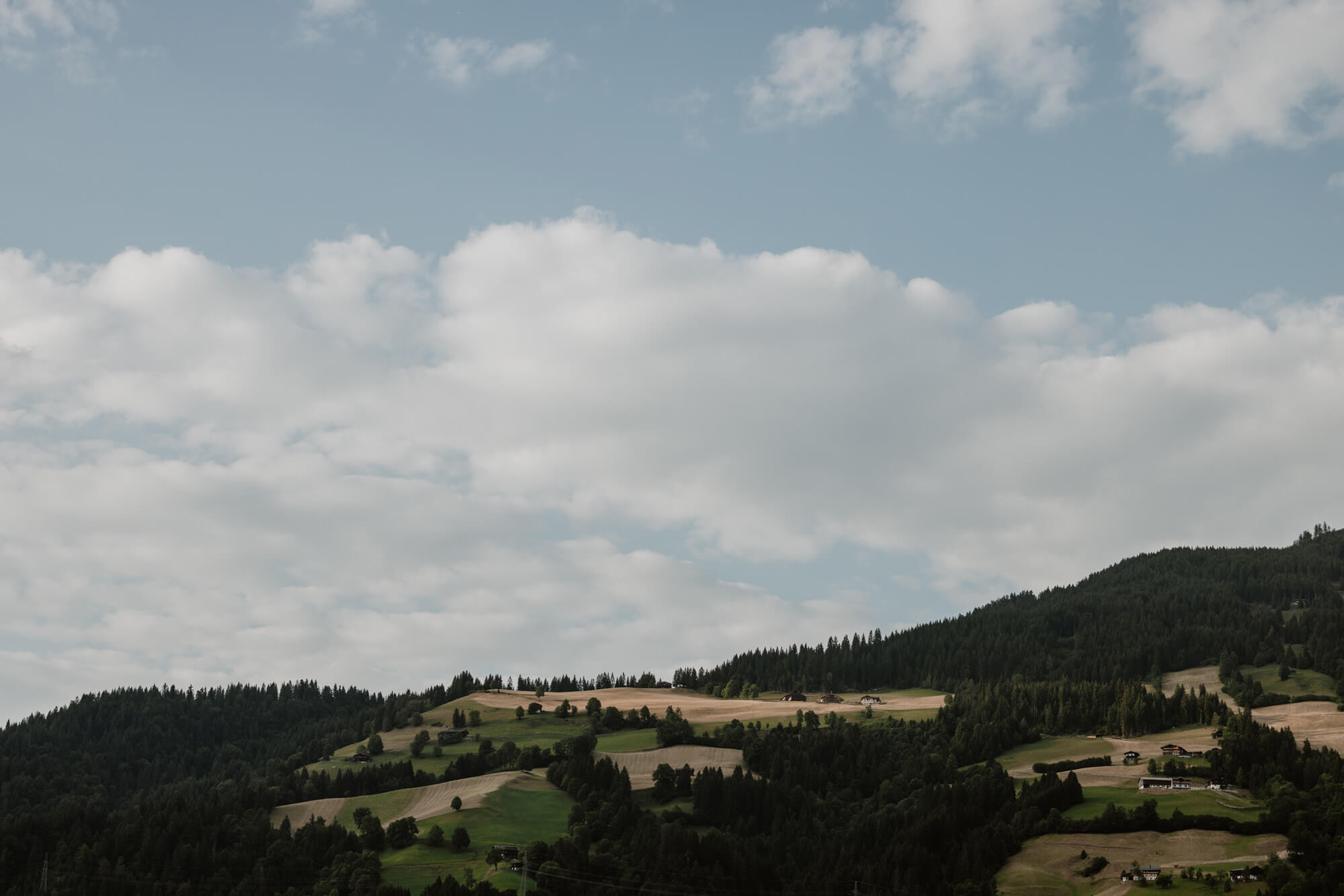How growing plantation trees or forests on farms helps farmers, crops and livestock
Agroforestry is a new word for an old idea.
It means a farm where livestock or crops are farmed alongside trees and shrubs. While the word was only coined in the 20th century, Indigenous Peoples around the world have been practicing agroforestry for millennia. It was common practice across much of medieval Europe, especially in the huge forests around the Baltic Sea. Now, it’s a focus in countries like Australia, where farmers are increasingly realising the benefits of agroforestry, also known as farm forestry.
John Fenton was one of its vocal pioneers, planting some 100,000 trees over 50 years on his Western District Victoria grazing property, ‘Lanark’ before his death in 2020. The trees cover about a third of the property, planted in lines and circles in paddocks and providing shelter from the wind and sun for the sheep the farm depends on.
Now run by John’s son David, Lanark’s lambs have higher survivability rates than lambs on other farms in the district because the microclimates created by tree coverage help the ground to stay warmer and there’s less battering from the elements.
Research into trees on farms shows they help to control soil erosion, reduce evaporation and manage excess nutrients and salts in the soil. International studies have shown that productivity can be lifted by as much as 30% using agroforestry – for crops as well as livestock. In many cases, biodiversity on the farms also increased, helping to lower pest problems thanks to the appetites of beneficial insects and small birds.
In the bad old days, trees used to be knocked down around farms because they were thought to increase the risk of fire. Now we know that tree clearing in fact makes fires worse, by changing regional climates to make them hotter and drier, as well as decreasing soil moisture. Trees on farms tend to be more intensively managed than wild trees and those in state forests, lowering the fire risk even further.
Most farmers trying agroforestry are looking for cost benefits, including eventually harvesting mature plantation trees and selling the wood fibre. Trees are usually planted in rows or sets over a period of years, which means you can harvest one area and still enjoy the advantages of the remaining mature trees while regrowing the harvested section.
Long-term studies run by the CSIRO and Forest & Wood Products Australia (FWPA) show farmers how to get the greatest gains out of adding plantations, encouraging those who are interested but unsure where to start.
It’s a win-win. When trees are harvested for structural timbers, farmers get paid and Australians get more locally grown, sustainable timber for our homes. Plus, tree thinnings – where immature small or poor-quality trees are removed to improve the growth of the remainder – can be sold as mulch or firewood.
Michael Taylor, 2022’s Australian Farmer of the Year, thinks of the 180 hectares of mostly Radiata pine (more than 200,000 trees) on his New England property as a key part of the farm’s business mix. His parents planted trees widely before he took over the farm and they’ve helped the sheep that are their main business to thrive.
In 2008, Taylor added a sawmill on site and, during droughts, has made a tidy income from harvesting parts of the plantation. He told the ABC, “It was always in the back of my mind that if we had to sell all our livestock or agist them elsewhere, we knew already that we could run the sawmill and pay wages, have an income.”
